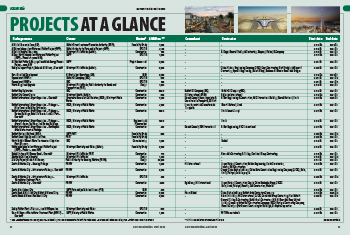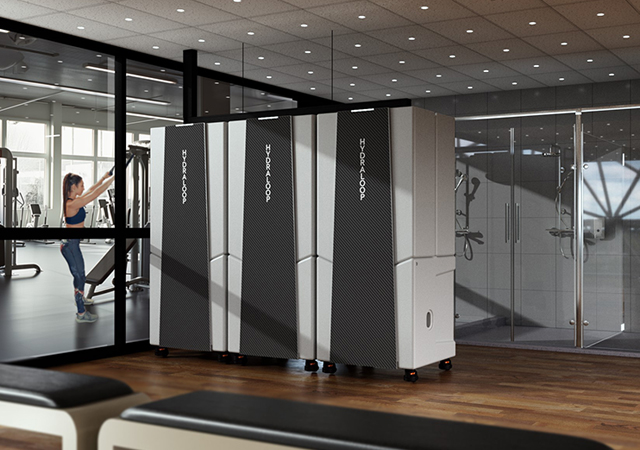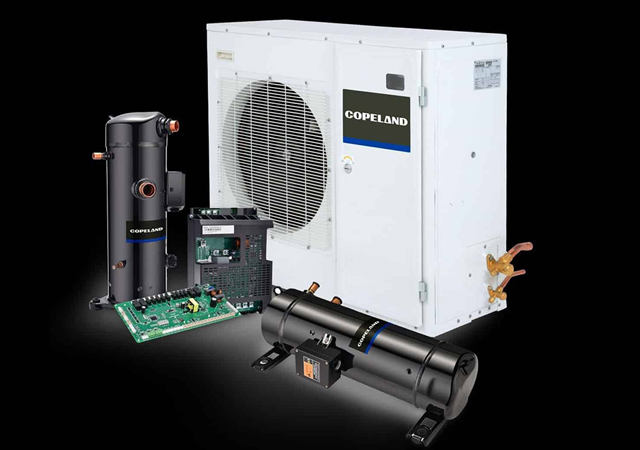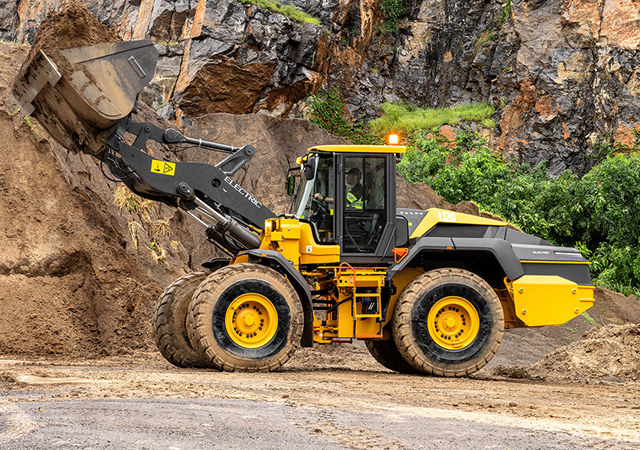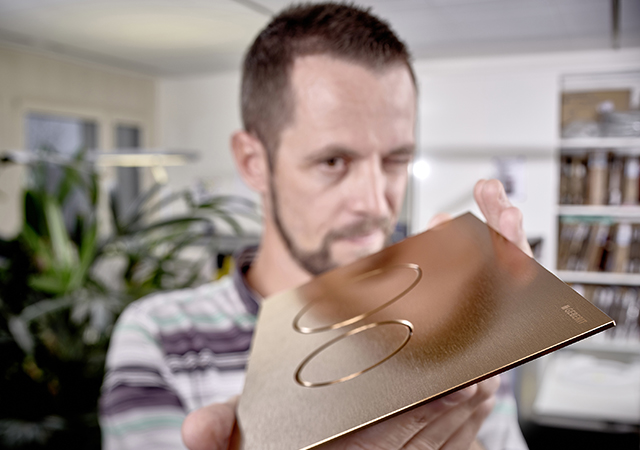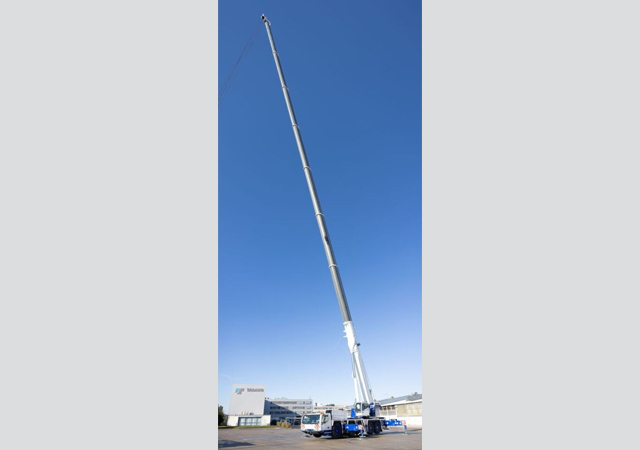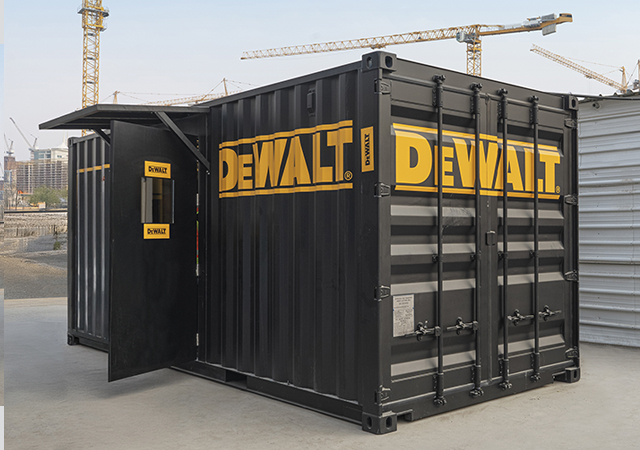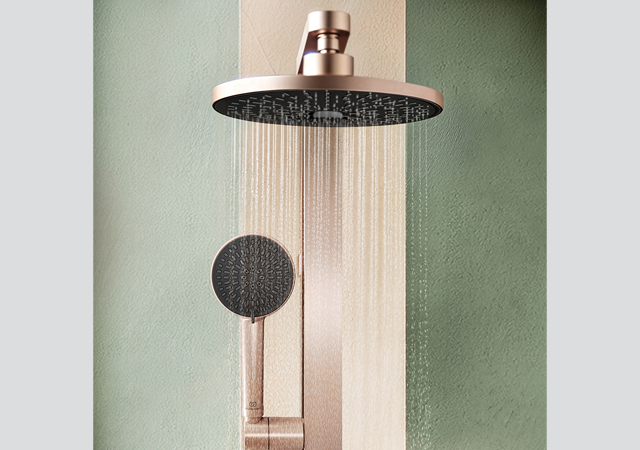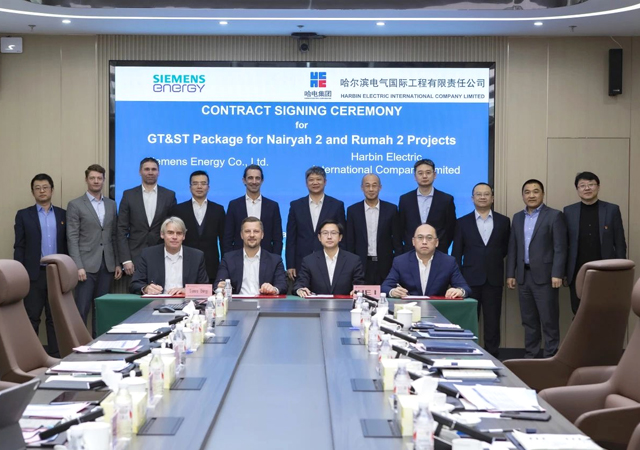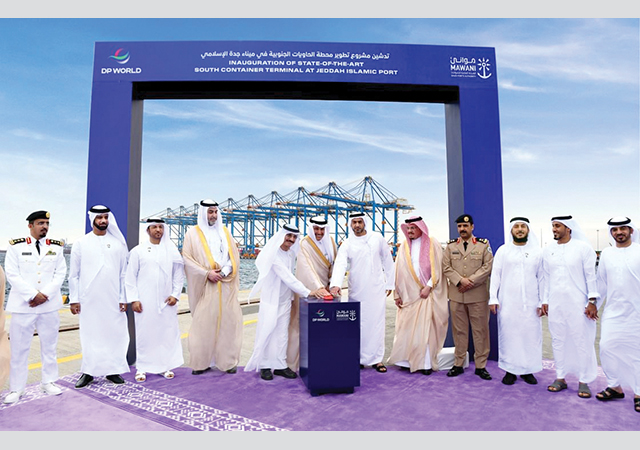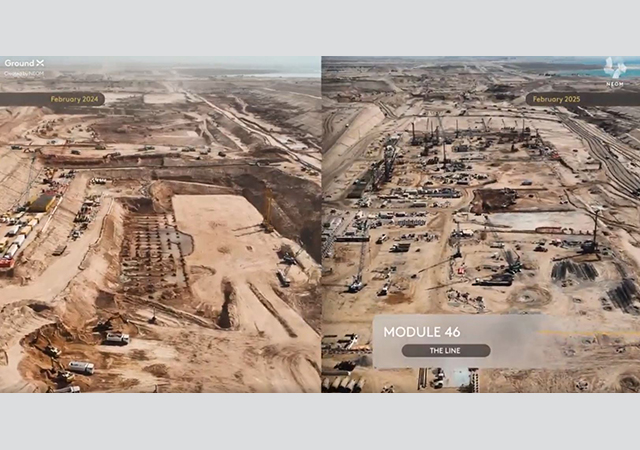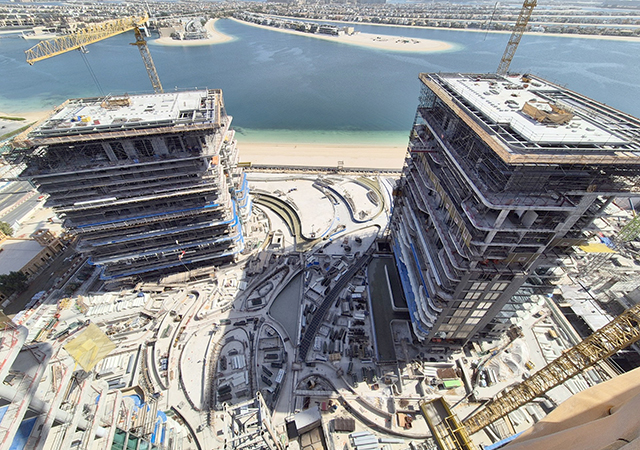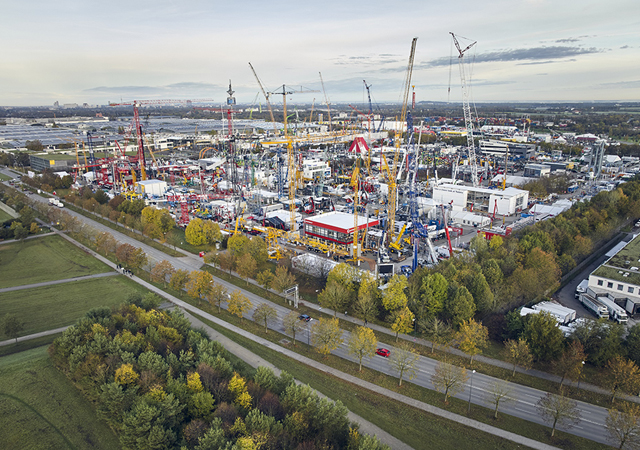
 Hilti anchor systems in use.
Hilti anchor systems in use.
Hilti has introduced two enhanced systems that ensure sound anchorage even in cracked concrete. Mike Flook, regional technical service manager, elaborates on these systems.
Hilti, a world-wide market leader in fixing systems has launched two greatly enhanced products suitable for cracked concrete. These include the HVZ adhesive anchor system and the HST anchor.
It is common knowledge that cracks will occur in concrete and that the performance of an anchor in the vicinity of a crack is greatly reduced. It is therefore imperative to ensure the correct anchorage for the right application. A report published by Thomas Telford Services entitled Fastenings to Concrete and Masonry Structures clearly illustrates this fact (see separate article on pages 82-83). The report aims at studying the behaviour of fastening systems; proposing a consistent approach to the design of fastenings based on current empirical and theoretical models; and developing design methods that account for the effects of fastenings to concrete and masonry structures for all types of loads as well as the influences of environmental effects.
However, the identification of the tension zones where cracks might occur is sometimes very difficult. This is especially so in continuous beams and slabs where the applied load can vary over a period of time and what was a compressive zone before can easily become a tension zone today. The selection of the right anchorage is therefore of the highest importance.
Hilti understands the technical demands made of its products by these situations and has therefore released the HVZ and HST anchors which have been designed for cracked concrete.
HVZ system
The HVZ anchor is a true first. Even in a crack it is almost like cast in. It is the first resin anchor with an independent approval for its use in cracked concrete and for dynamic load cycles (fatigue, shock and seismic).
The Hilti HAS-TZ element and HVU-TZ resin foil together make the HVZ system, which is a combination of the well-proven adhesive anchor principle and pioneering expansion anchor technology.
The system consists of a robust, easy-to-use HVU-TZ foil capsule and an ingenious single-part HAS-TZ anchor rod. The result is an ideal combination to meet very stiff fastening specifications in 'difficult' situations such as:
The system also offers the following advantages:
An ingenious anchor rod features cutting-edge geometry and multi-functional spiral taper, which optimises mixing and distribution of adhesive. The sliding surface and multiple tapers enable anchor follow-up expansion in a crack.
The thread size for the anchor ranges from M10 to M16, allowing fastenable thicknesses from 15 to 100 mm and anchorage depths from 75 to 125 mm.
HST anchor
The recently upgraded HST anchor now has the highest performance of any stud anchor under the independent European Technical Approvals system. No other stud anchor has proven performance from an independent testing and approval authority. As well as being approved for use in cracked concrete, the HST can also be used to resist shock loads as laid down by the Swiss Civil Defence approval system.
With the European Technical Approval (ETA), Hilti stud anchors have been tested according to the most stringent criteria. They already fulfil the safety requirements of tomorrow. The wide range allows the user to select the right anchor for the particular application, no matter whether it in the tensile or compression zone of concrete, for all relevant classes of corrosion resistance and in virtually all-applicable diameters and lengths.
Due to the manufacturing process - that is cold-forming technology - the anchor material remains ductile. The result is an anchor that allows alignment without breaking.
Even when the edge distance and spacing are small, the Hilti stud anchor's unique shape ensures high holding power.
The special expansion-sleeve of the Hilti HST ensures automatic follow-up expansion in cracks and, as a result, reliable anchoring in the tension zone of concrete.
Hilti stainless stud anchors (HST-R) are coated to prevent binding between bolt and segment, as well as between bolt and nut. This ensures that the anchor can be tightened or loosened without problems.
These anchors are offered in a wide choice of sizes from M6 to M24 and are available in galvanised, hot-dip galvanised, A4 or HCR steel for highly corrosive surroundings.
They have been tested under shock loading and in a fire and have been subjected to strict external quality surveillance.
Advantages
The HST anchor offers the following advantages:





